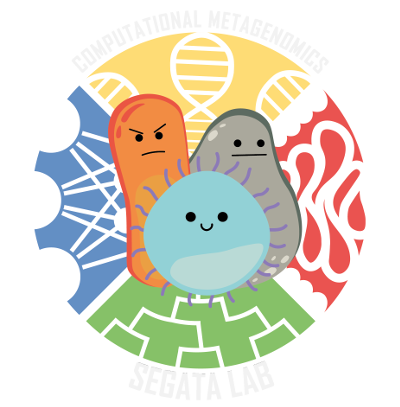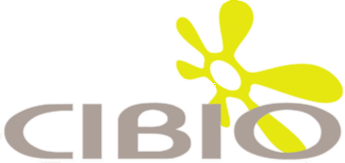MetaPhlAn
MetaPhlAn is a computational tool for species-level microbial profiling (bacteria, archaea, eukaryotes, and viruses) from metagenomic shotgun sequencing data.
StrainPhlAn (available within MetaPhlAn) allows strain-level microbial population genomics. For details on StrainPhlAn, visit its dedicated website.
MetaPhlAn 4 relies on unique clade-specific marker genes identified from >1.6M microbial genomes (including reference genomes and metagenome assembled genomes) spanning dozens of thousands species-level genome bins (SGBs). MetaPhlAn 4 allows unambiguous taxonomic assignment and accurate SGB-level organismal relative abundance estimation for bacteria, archaea, and eukaryotes.
Installation
MetaPhlAn 4.2 is available in Bioconda and can be installed with Conda by running:Further installation instructions can be found in the documentation.
MetaPhlAn 4 useful links
- The MetaPhlAn 4 GitHub repository
- The MetaPhlAn 4 documentation
- The MetaPhlAn 4 tutorial
- The MetaPhlAn 4 user support
- The viral sequence database used in the MetaPhlan 4 viral module and described by Moreno et al. (2024)
- The SGB database described by Pasolli et al. (2019)
- Synthetic metagenomes containing known and unknown SGBs are available here
- Single-isolate synthetic metagenomes at different coverages are available here
MetaPhlAn 4 citations
Nature Biotechnology(2023) https://doi.org/10.1038/s41587-023-01688-w
1 Department CIBIO, University of Trento, Italy
2 Harvard T. H. Chan School of Public Health, Boston, MA, USA
3 The Broad Institute of MIT and Harvard, Cambridge, MA, USA
4 Department of Experimental Oncology, IEO European Institute of Oncology IRCCS, Milan, Italy
5 Centre for Microbiology and Environmental Systems Science, University of Vienna, Austria
6 Zoe Global, London, UK
7 Department of Nutritional Sciences, King’s College London, London, UK
8 Department of Twin Research, King’s College London, London, UK
9 Department of Agricultural Sciences, University of Naples, Naples, Italy
bioRxiv(2024) https://doi.org/10.1101/2024.02.19.580813
1 Department CIBIO, University of Trento, Italy
2 Integrated Open Systems Unit, Okinawa Institute of Science and Technology (OIST), Okinawa, Japan
3 Center Agriculture Food Environment (C3A), University of Trento, Italy
4 Fondazione Edmund Mach, San Michele all’Adige, Trento, Italy
5 Harvard Chan Microbiome in Public Health Center, Harvard T.H. Chan School of Public Health, Boston, MA, USA
6 Department of Twin Research & Genetic Epidemiology, King’s College London, London, UK
7 Center of Biostatistics, Epidemiology and Public Health, Department of Clinical and Biological Sciences, University of Turin, Turin, Italy
8 The Systems Biology Institute (SBI), Tokyo, Japan
9 IOM Bioworks Pvt. Ltd., Centre for Cellular and Molecular Platforms (C-CAMP), GKVK Post, Bellary Rd, Bengaluru, Karnataka-560065, India
10 School of Life Science and Technology, Tokyo Institute of Technology, Tokyo, Japan
11 Metagen, Inc., Yamagata, Japan
12 Metagen Therapeutics, Inc., Yamagata, Japan
13 Digzyme, Inc., Tokyo, Japan
14 Department of Experimental Oncology, IEO European Institute of Oncology IRCCS, Milan, Italy
MetaPhlAn 3
MetaPhlAn 3 is available in Bioconda and can be installed with Conda by running:eLife(2021) https://doi.org/10.7554/eLife.65088
1 Department CIBIO, University of Trento, Italy
2 Harvard T. H. Chan School of Public Health, Boston, MA, USA
3 The Broad Institute of MIT and Harvard, Cambridge, MA, USA
4 Department of Food Quality and Nutrition, Research and Innovation Center, Edmund Mach Foundation, Italy
5 IEO, European Institute of Oncology IRCCS, Milan, Italy
MetaPhlAn2
We advise to install it using Conda by running:


